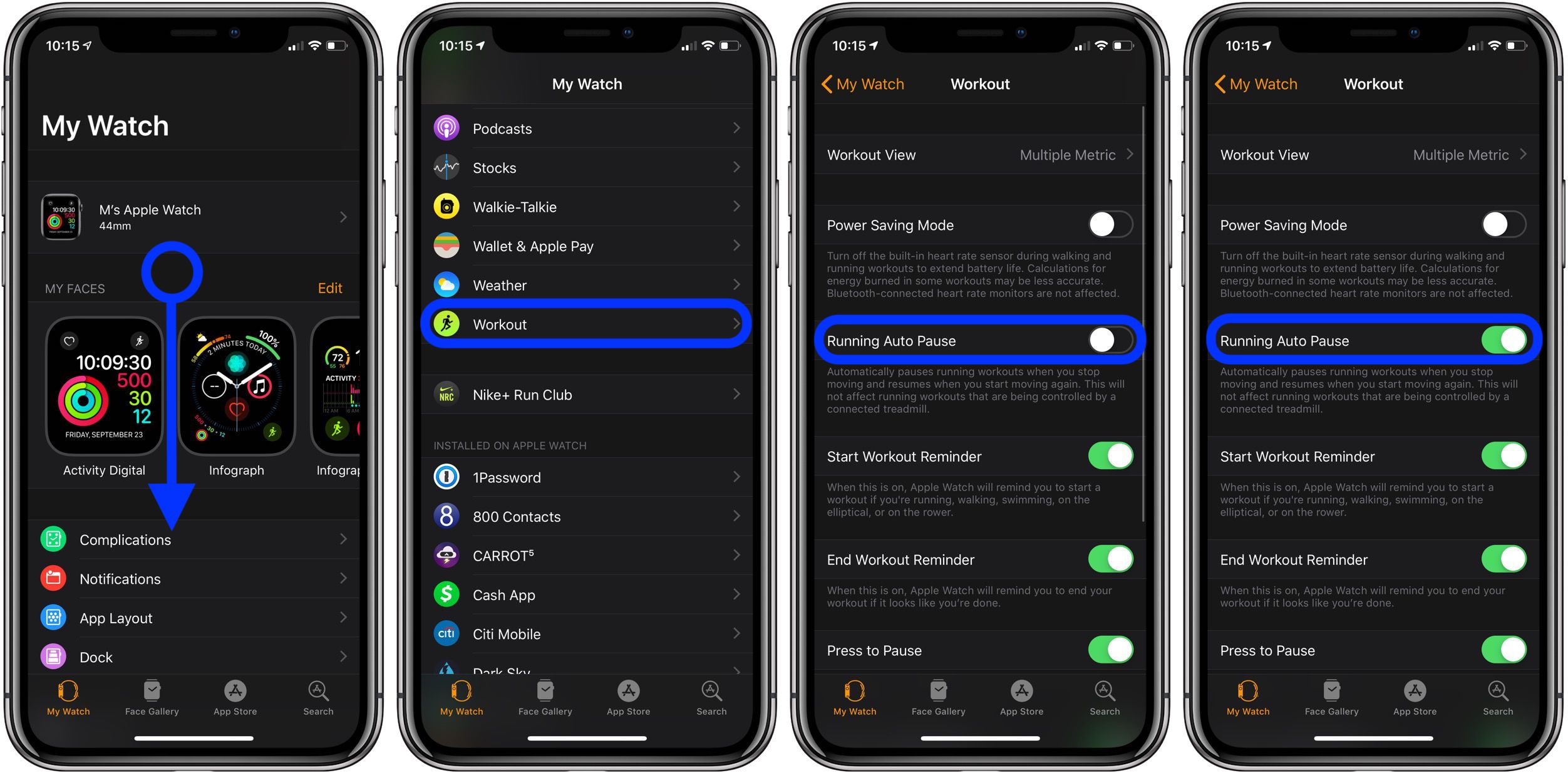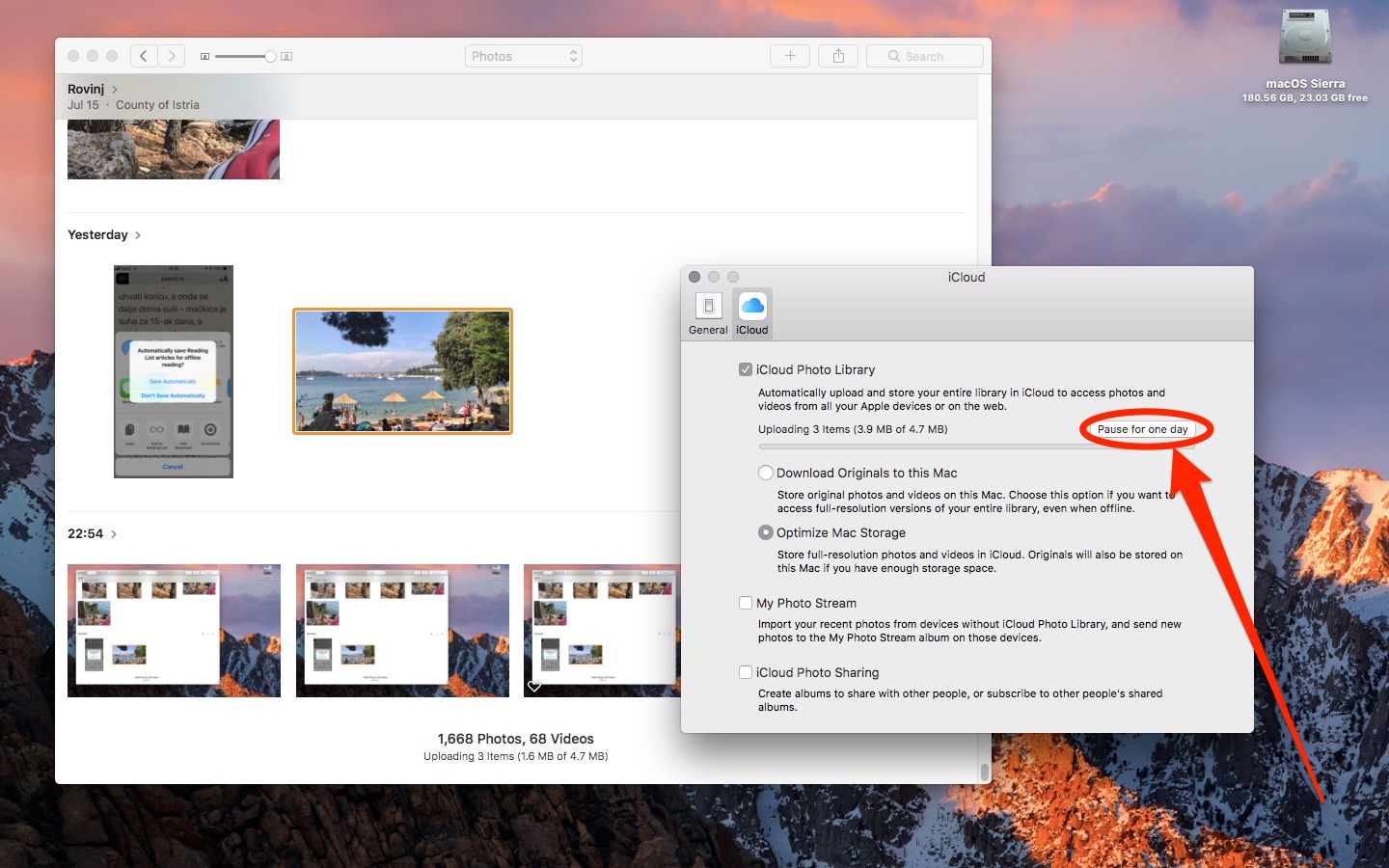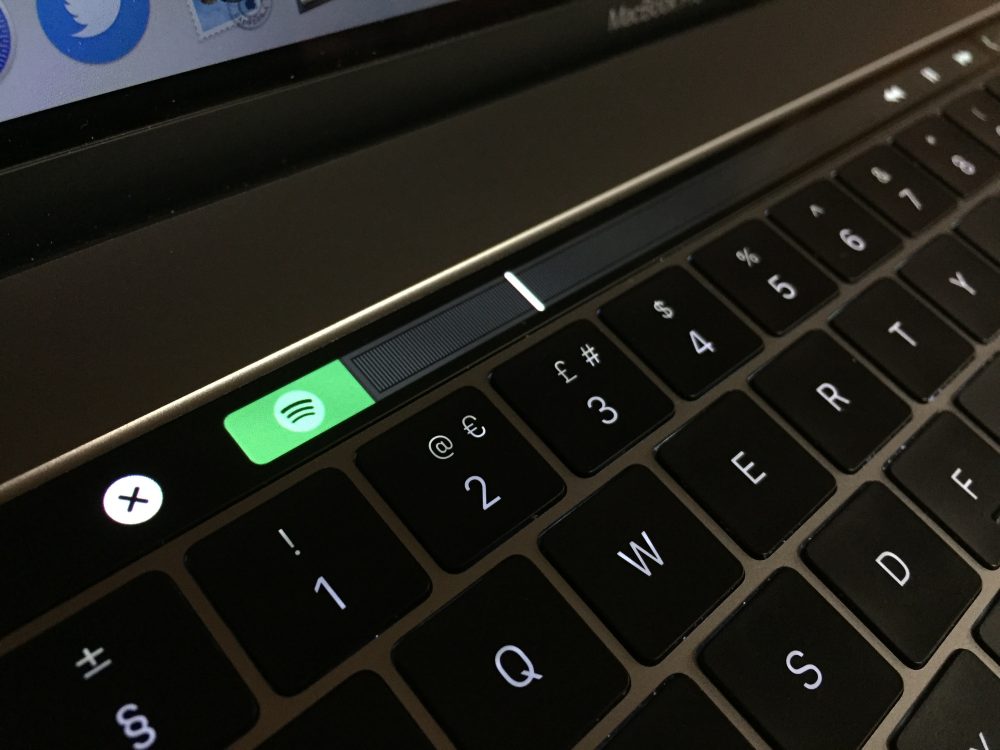Why Mac Application Pause. If an app freezes or quits unexpectedly on Mac. How to Temporarily Suspend Stop a Process or App in Mac OS X. The basic syntax for suspending an application is as follows, where PID is the ID of the process you wish to pause: kill -STOP PID. These include low free RAM, high CPU usage, or a bug in the app. The PID is always a number, and every single process running on a Mac has an associated ID. After a few seconds of this, your mouse pointer will turn into a spinning rainbow beach ball.

Why Mac Application Pause. Something like deleting an app on Mac can give someone a pause if they're new to the OS, but with some guidance, it's really simple. To quit an app, choose App Name > Quit App in the menu bar. An app might hang in the middle of work. Open another file in the app. If you use an app only occasionally, you may want to quit the app when you're done using it, especially if the app uses significant energy. The secret to temporarily stopping any program is to use the Terminal (in Applications > Utilities) and a special mode in the kill program which will simply pause a given application, instead. Why Mac Application Pause.
The PID is always a number, and every single process running on a Mac has an associated ID.
Has anyone else experienced something similar?
Why Mac Application Pause. If your Mac starts up after a brief delay or displays a question mark. Open Launchpad and press the application icon with a bar, so the application download will continue. Pauses is a small application that runs in the background while you work and helps you take regular pauses from working on your computer. To quit an app, choose App Name > Quit App in the menu bar. After a few seconds of this, your mouse pointer will turn into a spinning rainbow beach ball. To cancel a download in Launchpad, hold down the app icon until all the icons start to jiggle, and then click the app's delete button (x).
Why Mac Application Pause.










